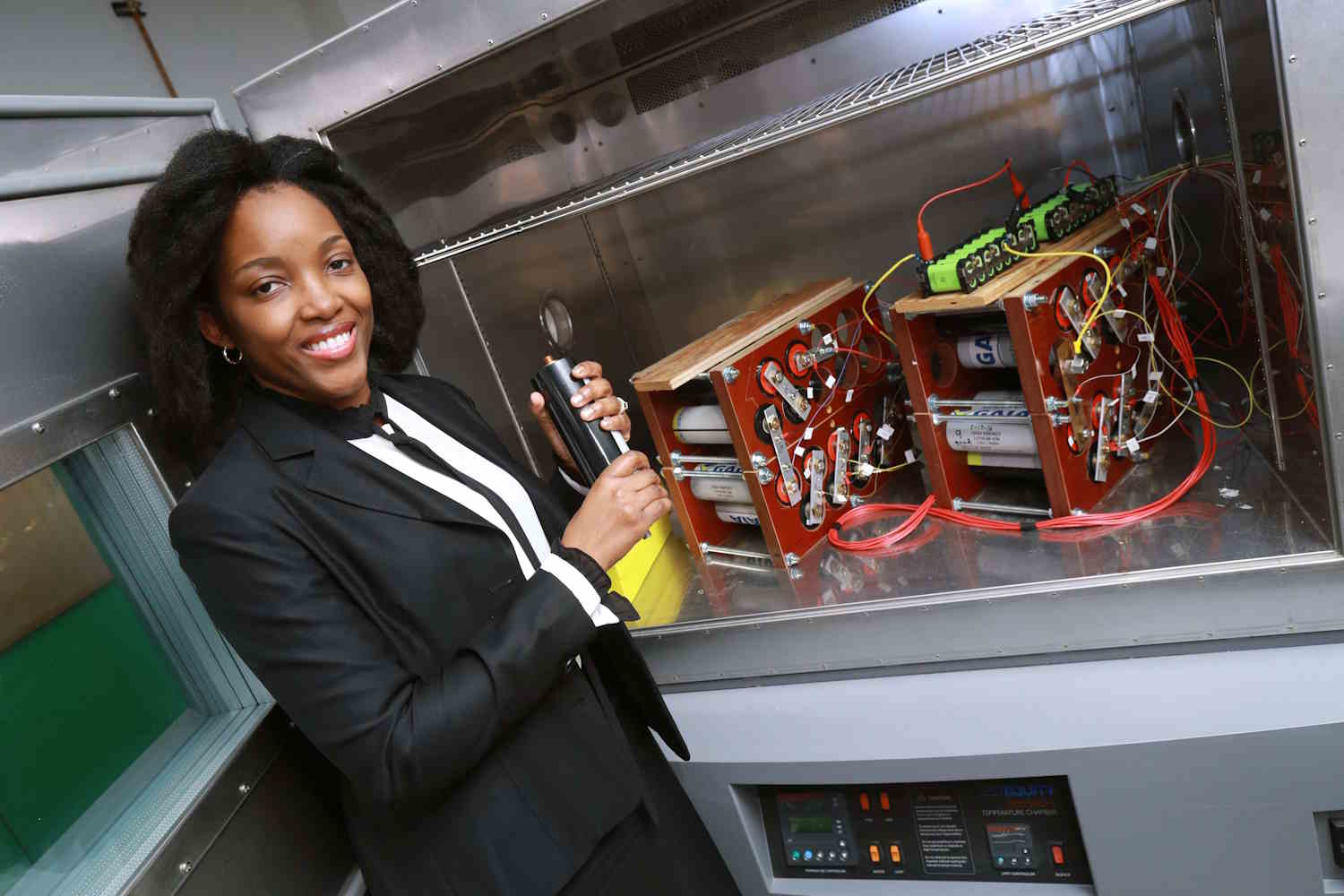A new technology optimizes cell charging in lithium batteries and makes them more efficient, economical and easy to recycle

Table of contents
The race toward electrification continues, and with it grows the demand for lithium batteries. But behind every “green” vehicle, there’s a paradox we can’t ignore: rare materials, cells that degrade quickly, batteries that become waste too soon. Yet, a possible solution exists, it comes from Africa and has already been patented in the United States.
It’s called the Bi-Level Equalizer and it’s a small device that promises to give a second life to lithium batteries. It was designed by Sandrine Mubenga, a Congolese engineer and professor of electrical engineering at the University of Toledo in Ohio. Her goal is clear: make batteries more durable, safer and less expensive. But also more circular, meaning capable of being reused rather than discarded.
Lithium batteries are efficient, but degrade quickly
Lithium-ion batteries, currently used in electric cars, smartphones and home storage systems, have several advantages: they discharge slowly, are lightweight and guarantee good autonomy. However, they also have an important technical limitation: over time, the internal cells (which are like small energy reservoirs) begin to charge unevenly. This imbalance leads to overheating, energy waste and a shorter overall battery lifespan.
This is where Mubenga’s invention comes in: the Bi-Level Equalizer is an intelligent system that rebalances the charge between cells, thus preventing some from working harder than others or getting damaged prematurely. It’s not a completely new idea, but its strength lies in its low cost and efficiency.
A hybrid solution, economical and suitable for recycling used batteries
Devices called charge equalizers already exist, but the most efficient ones – called “active” – cost as much as $10 per cell. The Bi-Level Equalizer, on the other hand, has an estimated cost of $1.30 per cell, slightly more than a “passive” system (the less expensive and less performant ones that simply dissipate energy).
The real breakthrough, however, is that the device can recover and reuse still-functioning cells in already-used batteries. This means less waste, fewer extractions of rare metals like cobalt and nickel, and the concrete possibility of recycling batteries that would otherwise end up being disposed of. All this, without having to completely rethink production: the Bi-Level Equalizer can be integrated into existing systems.
According to Mubenga, this technology could increase battery capacity by nearly 30%, also extending their lifespan and reducing production costs. The device, developed in collaboration with Thomas Stuart, a researcher at the University of Toledo, received US patent no. US12355278B2.
A technology designed to last, born to change the rules of the game
The Bi-Level Equalizer is hybrid: it combines the simplicity and low cost of passive equalizers with the efficiency of active ones. It can work during both charging and discharging of the battery, improving its performance without adding too much to costs.
A simple but revolutionary approach that goes straight to one of the central issues of the ecological transition: the management of exhausted batteries. If we can reuse them multiple times, we can not only reduce waste, but also reduce dependence on complex and polluting supply chains.
An idea, Mubenga’s, that originates from engineering but looks far ahead: to a future where technology and sustainability don’t exclude each other, but strengthen one another.
Source: University of Toledo / US12355278B2
